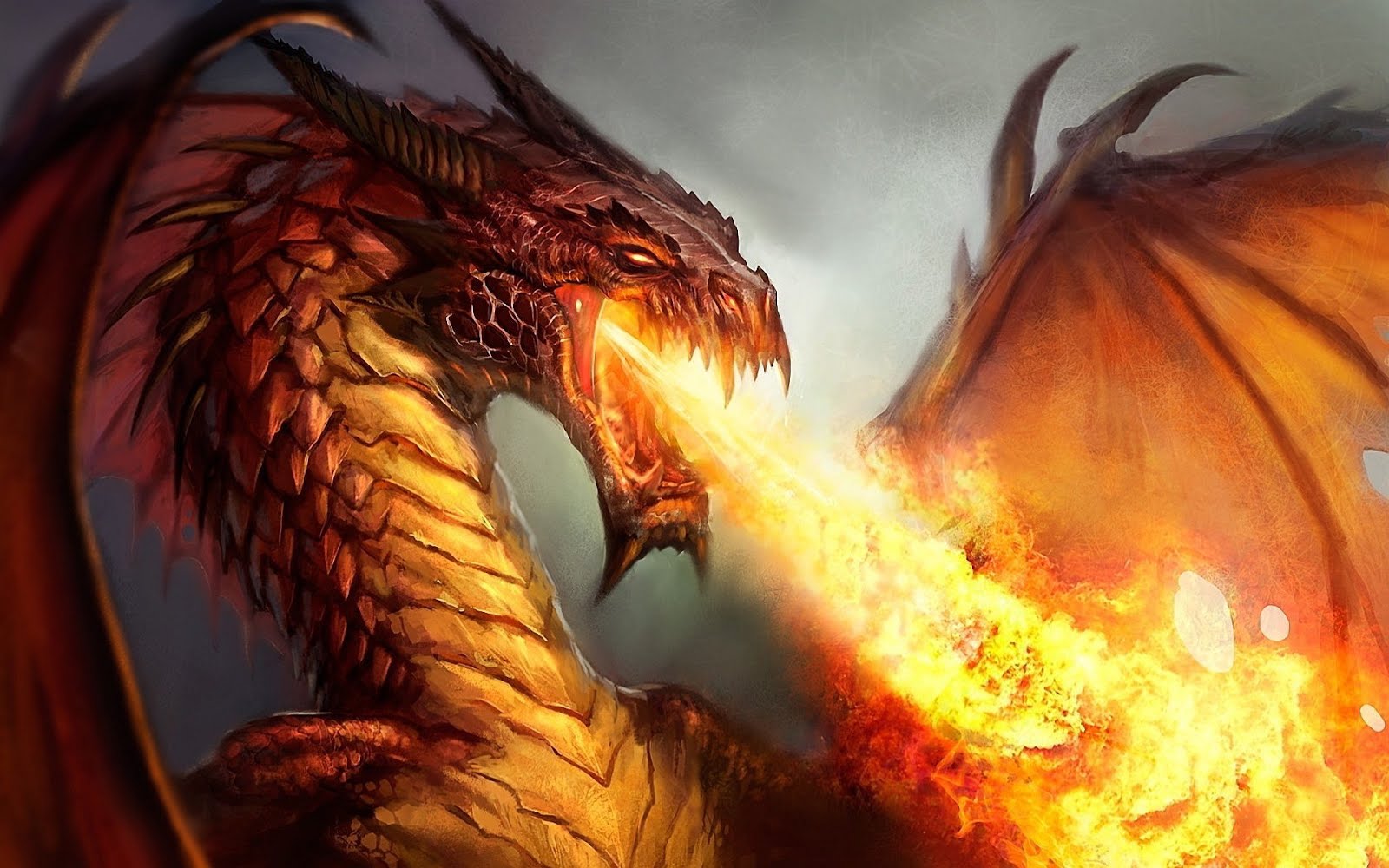BACKGROUND
Using this Digital Exploration, students will act as
planetary scientists who have been tasked with
conducting a sample return mission. Students will be
introduced to several celestial bodies that each offer
a different type of sample for collection. Once students
select a celestial body, they will investigate the future
of reusable launch systems and the STEM behind both
a successful launch and landing to obtain and return
with their sample. Finally, students will examine the
diverse range of careers in the aerospace industry.
To Our Solar System and Back (Discovery Education Digital Workshop)
ADDITIONAL/ALTERNATE LEARNING OPPORTUNITY
Robots To The Rescue Module
TIME REQUIRED: 25–30 minutes
(❗️) Project / Lesson Task OverviewStudent Reflection Worksheet Link (Click Here)
TOPICS
• Forces and Motion
• Spectrometry
• Earth and the Solar System
• The Universe
• Careers in Science, Technology, Engineering, and Mathematics
HARDWARE RECOMMENDATION
To Our Solar System and Back is accessible on any
device. However, for optimal user experience, it is
recommended that explorations are accessed via
desktop or tablet. This exploration is functional for use
on mobile devices (iOS and Android).
TECHNICAL SPECIFICATIONS
While the To Our Solar System and Back Digital
Exploration will function in all browsers, including
Internet Explorer, Safari, Chrome and Firefox, browser
load speeds will vary. For best performance, it is
recommended that the most current version of your
browser of choice is used when accessing the modules.
Please note, connection speeds may be impacted by
factors such as highly trafficked shared Wi-Fi access,
public Wi-Fi and accessing modules behind a firewall.
OVERVIEW
This Digital Exploration has four main sections:
INTRODUCTION Why do we explore? Students will be introduced to reasons humans have an interest to venture into the universe and how space exploration benefits humans in unexpected ways.
INVESTIGATE Students will explore space through the view of a telescope and learn how to identify characteristics of celestial objects. Students will use parallax to estimate the distances between Earth and celestial bodies, explore astronomical spectroscopy to classify unknown substances and practice sorting images by distance. Finally, students will scroll up into space to select a celestial body they would be interested in visiting to collect a sample.
ACT The basics of forces and motion guide the design and flight of rockets. Students will explore four factors that affect flight: thrust, lift, weight and drag. They will then be given a task to launch and land a rocket by manipulating different variables to test their solution.
ANALYZE To summarize, students will connect the principles of rocketry and force to real-life careers.
PROCEDURE
This exploration is designed to be flexible to meet the
needs of many different learning environments.
ONE-TO-ONE ENVIRONMENT
Students using the exploration for independent,
self-paced learning can simply move through the
exploration at their own pace.
If you are leading a group in a one-to-many environment, you can use a projector and screen or whiteboard to make the exploration the focus of instruction and discussion. Use the questions in this guide and a show of hands during each topic to gauge student comprehension.
You may also choose to use discrete elements from the exploration that fit your timeframe and curriculum.
1. Explain that the purpose of this Digital Exploration is to examine the science, technology, engineering and math behind sustainable rocketry.
2. Read the discussion questions before starting the Digital Exploration.
3. Use a word wall (or other strategy) of key academic vocabulary to help students define important words and phrases encountered during the Digital Exploration.
4. Guide students to respond to the questions, in writing, using evidence from the Digital Exploration.
5. Explain that you will be available to support students as they work.
6. Review student responses to the discussion questions after they have completed the Digital Exploration.
ACADEMIC STANDARD(S)
Science and Engineering Practice Disciplinary Core Idea Crosscutting Concept
ESS1.A : The Universe and Its Stars The study of stars’ light spectra and brightness is used to identify compositional elements of stars, their movements, and their distances from Earth.
(HS-ESS1- 2),(HS-ESS1-3) The Big Bang theory is supported by observations of distant galaxies receding from our own, of the measured composition of stars and nonstellar gases, and of the maps of spectra of the primordial radiation (cosmic microwave background) that still fills the universe.
(HS-ESS1-2) PS2.A: Forces and Motion Newton’s second law accurately predicts changes in the motion of macroscopic objects.
(HS-PS2-1) Momentum is defined for a particular frame of reference; it is the mass times the velocity of the object.
(HS-PS2-2) If a system interacts with objects outside itself, the total momentum of the system can change; however, any such change is balanced by changes in the momentum of objects outside the system.
(HS-PS2-2), (HS-PS2-3) Constructing Explanations and Designing Solutions
Construct an explanation based on valid and reliable evidence obtained from a variety of sources (including students’ own investigations, theories, simulations, peer review) and the assumption that theories and laws that describe the natural world operate today as they did in the past and will continue to do so in the future.
Analyzing and Interpreting Data Analyze data using tools, technologies, and/or models (e.g., computational, mathematical) in order to make valid and reliable scientific claims or determine an optimal design solution.
Energy and Matter Energy cannot be created or destroyed–only moved between one place and another place, between objects and/or fields, or between systems.
Systems and System Models When investigating or describing a system, the boundaries and initial conditions of the system need to be defined.


No comments:
Post a Comment
Note: Only a member of this blog may post a comment.